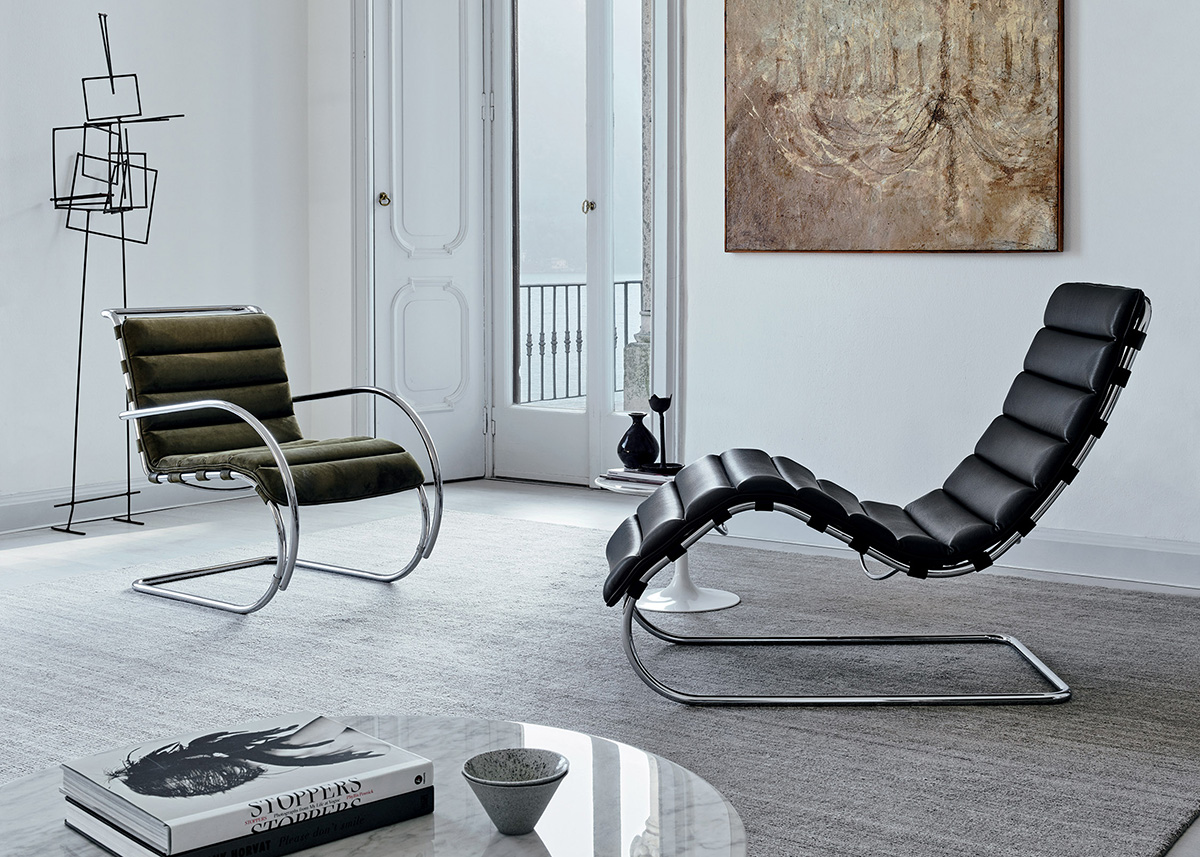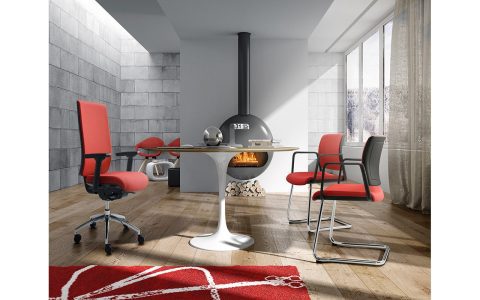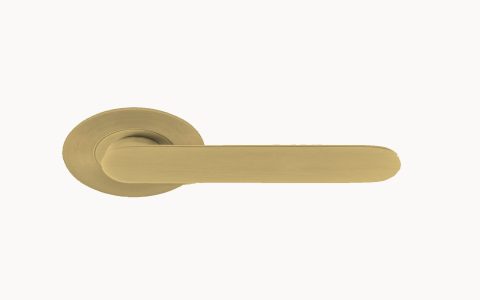A cantilever chair is a distinctive seating design characterized by its lack of traditional rear legs. Instead, its structural support comes from a single, continuous frame that extends downwards from the seat and then forwards, creating a C-shape or L-shape base that appears to defy gravity. This innovative construction provides a unique aesthetic and a slight, comfortable flex.
Core Design Principles
- Structural Innovation: The defining feature is the cantilevered frame, typically made from bent tubular steel, which supports the seat and backrest without back legs.
- Minimalism and Functionality: Reflecting Bauhaus ideals, the design prioritizes "form follows function," stripping away unnecessary ornamentation.
- Visual Lightness: The open base creates an illusion of the seat floating, contributing to a lighter, less cluttered look in a space.
- Elasticity: The inherent flexibility of the cantilevered structure provides a degree of springiness, enhancing comfort.
Historical Significance
- Pioneering Designers: Dutch architect Mart Stam is often credited with designing the first true cantilever chair in 1926. Shortly after, Marcel Breuer (with his Cesca chair, originally B32) and Ludwig Mies van der Rohe (with his MR series chairs) developed their influential versions.
- Bauhaus Movement: The cantilever chair is intrinsically linked to the Bauhaus school of design, embodying its principles of merging art, craft, and technology, and its embrace of new materials like tubular steel.
Materials and Construction
The frame of a classic cantilever chair is most commonly constructed from tubular steel, often chrome-plated for a sleek, modern finish, or sometimes painted. Seat and backrest materials vary widely, including traditional woven cane (as seen in Breuer's Cesca chair), leather, fabric upholstery, wood, or modern plastics. The choice of material significantly impacts the chair's aesthetic and comfort level.
Enduring Appeal
The cantilever chair remains an icon of 20th-century modern design. Its enduring appeal lies in its revolutionary structural concept, its clean lines, its inherent comfort, and its versatility, making it suitable for various environments from dining rooms to offices. It represents a pivotal moment in furniture design history, where new materials and engineering principles led to entirely new forms.








